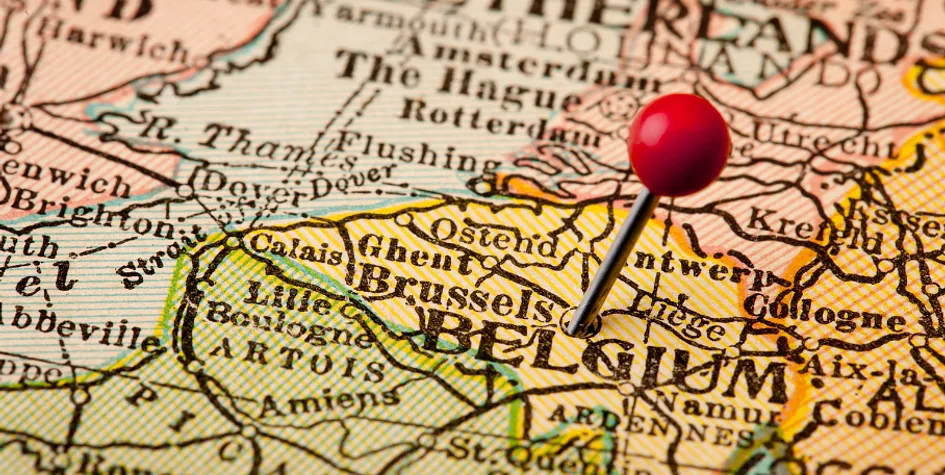Always up to date to find your dream job!
We only need a few personal details, thanks!
There exists this never ending discussion, especially in the recruitment world, about the Dutch and Flemish language. Many believe that these two languages are one in the same, or that their only difference is their geographical location. In essence, a Dutch speaker will be able to understand a Flemish speaker and respond back, and the same goes for the opposite. But just like British English and American English, they differ to some extent in terms of intonation and pronunciation with differences in vocabulary, including loanwords from English and French.
Pronunciation is one of the most noticeable difference between these two languages. Chances are that even someone with little knowledge of these dialects will be able to identify the differences. The Dutch language spoken in the Netherlands has more of an English influence, whilst the language in the Flander region, the Flemish speaking region of Belgium, has a stronger French manifestation.
Dutch people also often mention that the Flemish dialect sounds softer. This is because the Dutch language makes use of stronger tones. The most obvious difference is in the pronunciation of the letter g. In the northern parts (pronounced g) the letter has a very guttural sound whereas in Flemish (pronounced ch) this letter is softer and sounds more like a hissing sound.
An example of pronunciation, the word nationaal is pronounced natzional in the Netherlands and nasional in Flanders.
A small difference, but it can still catch you off guard if you are not expecting it. Despite the fact that the Dutch language can generally be understood by the Flanders, their vocabulary can still differ to some extent. There are quite a few words in the Netherlands that do not appear in Flemish. In Flanders, when asking for an ATM, they would ask for a ‘bankcontact’, whereas in the Netherlands the term to use would be a ‘pinautomaat’. In addition, some words used in Dutch have different meanings than in Flemish. Two examples to explain these differences are:
Schoon
In Flanders, this word is used to indicate the beauty of something or someone. In the Netherlands they use this word to describe if something is clean.
Kleedje
In the Netherlands this refers to a piece of textile, for example a table cloth or rug whereas in Flanders this is a dress.
These seem like mere distinctions, however in a business setting it can make quite the difference. If companies want to target their strategies to native speakers, they have to be sure to use the correct terminologies in order to bring their message across. This ongoing misconception will not be resolved for quite some time but we are happy to have enlightened you about the underlying issues.
Would you like to receive our Undutchables Newsletter? In this newsletter we will give you guidance on working in the Netherlands and working with internationals, let you know about upcoming events and share interesting articles. And do you wish to stay up to date about our latest vacancies? Subscribe now to our job alert and you will receive the newest vacancies straight into your inbox.

We only need a few personal details, thanks!
